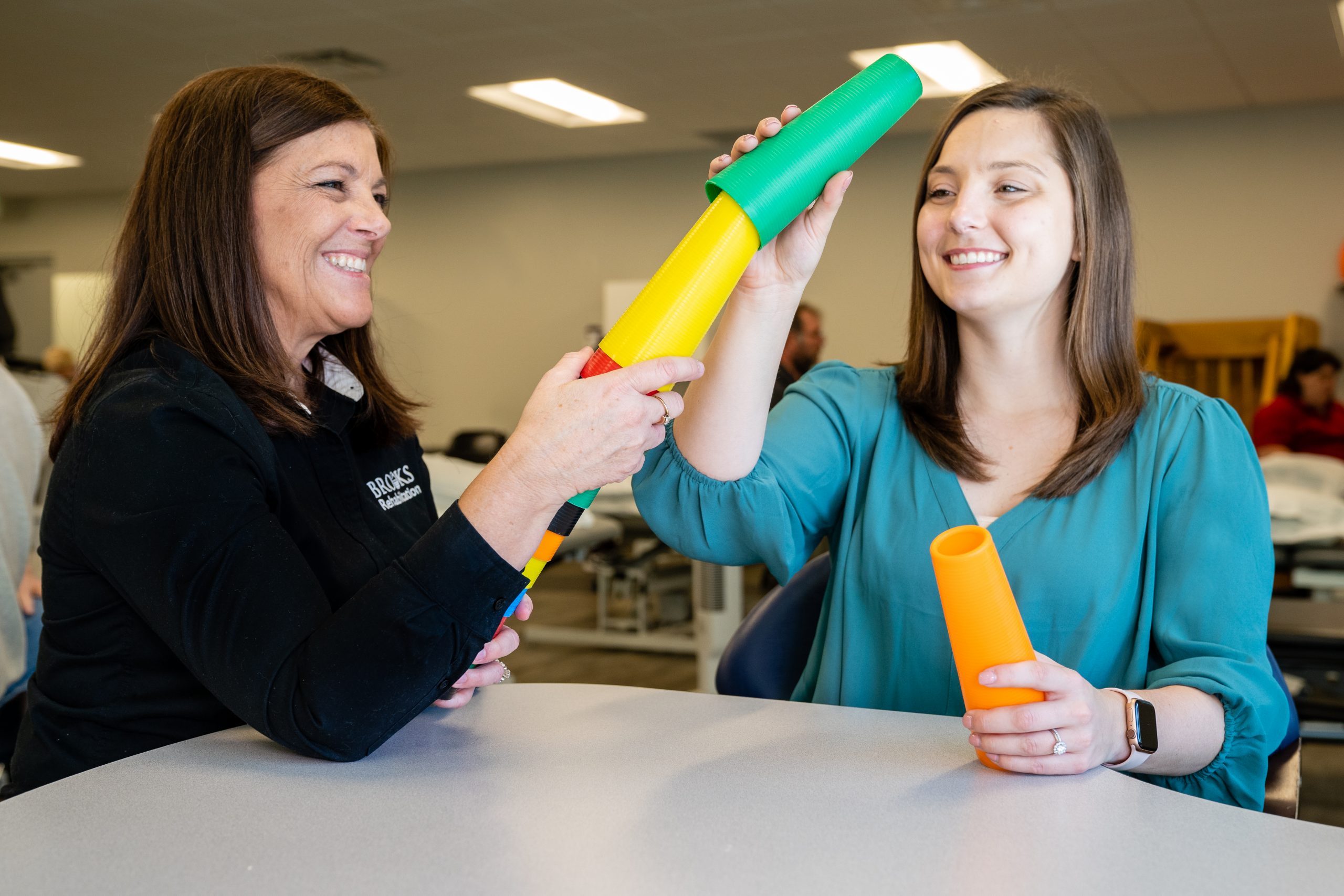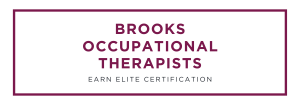Occupational Therapy vs. Physical Therapy: Explained by a Brooks Osceola Crossings Expert

Back to physical health resource hub
A common question I find myself asked as an occupational therapist is “What is the difference between occupational and physical therapy?” While the professions are closely affiliated and often work alongside one another, there are noteworthy differences between the two.
Physical therapy focuses on how various conditions, illnesses and disabilities hinder physical mobility and function. Physical therapists facilitate proper body mechanics, postural alignment, strength, balance and range of motion to allow people to get back moving again.
Occupational therapy is a form of therapy that facilitates rehabilitation through the performance of every day functional activities. Occupational therapists ask the patient, “What is important to you? What occupation or role do you want to return to?” Occupational therapists help their patients develop the skills they need for success in everyday life where they live, learn, work and play. The first step is to analyze the physical, mental and social components of an activity in order to adapt the activity, environment and/or the person for maximize functional independence.
Occupational therapists work with individuals in a multitude of care settings including outpatient clinics, hospitals, skilled nursing facilities, schools and in the home.
At Brooks Rehabilitation Osceola Outpatient Clinic, the occupational therapists work with diagnoses that include, but are not limited to: CVA (Stroke), traumatic brain injury, Parkinson’s, Guillain-Barré Syndrome, spinal cord injury, multiple sclerosis and upper extremity injuries.
Individualized care plans at our clinic include: therapeutic exercises to improve strength, therapeutic activities to improve activity tolerance, fine and gross motor coordination, and range of motion, neuromuscular re-education to improve active movement, cognition, and balance, and manual techniques such as soft tissue massage, edema massage, scar massage, and passive range of motion. Physical agent modalities such as ultrasound, iontophoresis, paraffin, electrical stimulation, and, hot/cold therapy are often coupled with the treatments mentioned to enhance outcomes.


